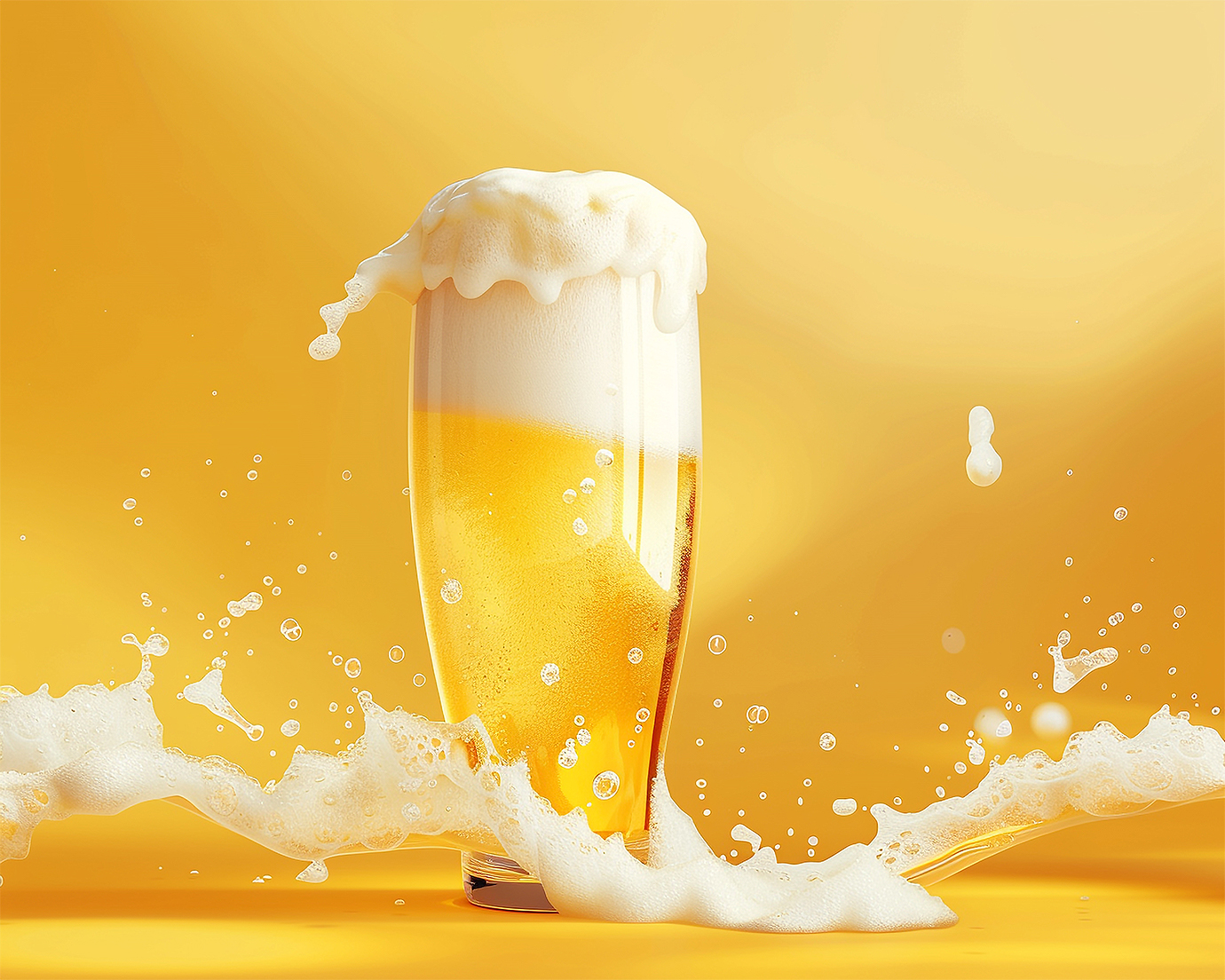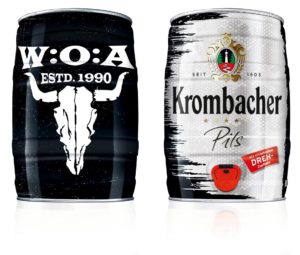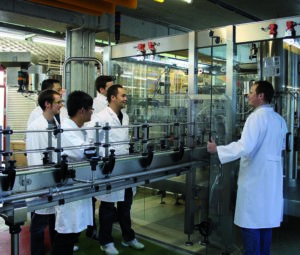What could be more refreshing on a hot summer day than a freshly tapped, cool, sparkling beer? Everyone knows the tingling sensation of ultimate enjoyment when arriving thirsty at a beer garden. But what exactly does ‘freshness’ mean in beer? Is there fresher and less fresh beer? How much does the product itself contribute, and what lies on the consumer’s palate? We’ve researched this complex topic and spoken with Markus Hummel, a master brewer and maltster, quality assurance specialist, IHK examiner for aspiring brewers and maltsters, owner of a small brewing manufactory, and quality technician in the beverage sector at Envases Öhringen GmbH.
Freshness in beer: The important of ingredients and brewing process
The first step to fresh beer begins with the ingredients. The quality and freshness of raw materials such as water, malt, hops, and yeast play a crucial role. Fresh hops, for example, quickly lose their essential oils and aromas, which are responsible for the characteristic taste and aroma of beer. Therefore, many breweries rely on hop extracts or direct and rapid processing of fresh hops after harvest to ensure maximum freshness.
The brewing process is another critical factor for beer freshness. It depends on the right technique and care. A controlled brewing process that prevents contamination and optimally controls fermentation contributes to freshness. Another critical point is beer storage. After bottling, beer must be stored cool and dark to prevent oxidation and flavor loss. Proper storage is especially crucial for unfiltered and unpasteurized beers as they are more susceptible to microbiological changes.

Markus Hummel work in quality assurance at Envases, among other things, and knows what makes a beer really fresh.
A brief foray into microbiology
“In beer, no pathogenic germs can grow, meaning no disease-causing germs,” comments Hummel. “This is due to the low pH value of 4.3 to 4.5, the alcohol content, and the hop’s aseptic effect. If a beer is contaminated by beer spoilage organisms, the consumer can usually taste it immediately. These could be lactic acid or acetic acid bacteria. These microorganisms are abundant in our air. However, professional breweries operate at such a high technical and hygienic level that this does not happen.”
Freshness in beer and the role of the consumer
“Technically, beer has a so-called ‘flavor curve’,” explains Hummel. “A beer that reaches the consumer after about four weeks will certainly be perceived more positively than a beer consumed after six to nine months. It loses some flavor and can taste flat or less full-bodied.” A beer no longer tastes fresh if perceived as ‘stale.’ But that is a very subjective impression for each beer drinker. What one perceives as ‘fresh’ does not necessarily apply to another. The type of beer is irrelevant here. More important is the degree of cooling. “At an outside temperature of about 30 degrees, a beer cooled to 4 degrees is perceived as very refreshing. In winter, this perception is significantly different. Even a strong bock beer with 8% alcohol is considered less refreshing in summer than in the cold season. In high temperatures, a chilled, fruity wheat beer scores better.”

Freshly tapped beer tastes particularly good in company.
Draft beer: The importance of carbonation
A freshly tapped beer is a small work of art and tastes particularly fresh and delicious. Why? Draft beer contains five percent more carbon dioxide than bottled beer. A keg can withstand more pressure than a bottle, allowing draft beer to create more bubbles in the mouth. This is referred to as ‘carbonation.’ The tingling and sparkling sensation in the mouth is also perceived as ‘freshness.’
Naturally, self-tapping is a special highlight. With Envases’ party kegs, this is easily possible at home. The new tap achieves an additional sense of freshness for the consumer. This increases the flow rate by 30%, allowing faster and more efficient tapping and creating a perfect foam head. Pure freshness enjoyment with the minikeg – whether with friends, during a major sporting event, or with family. Give it a try!



